Damp, Wet Rot and Dry Rot Treatment in Glasgow
We diagnose and repair properties affected by damp, rot and timber infestation. Contact us to arrange a survey with one of our experts

Damp, Wet Rot and Dry Rot Treatment in Glasgow
We diagnose and repair properties affected by damp, rot and timber infestation. Speak to an expert and arrange an assessment today

Damp, Wet Rot and Dry Rot Treatment in Glasgow
We diagnose and repair properties affected by damp, rot and timber infestation. Speak to an expert and arrange an assessment today
Welcome to T.D.B. Preservation
Established in 1991, T.D.B. Preservation are an approved preservation company specialising in the treatment of dry rot, wet rot, damp, mould, timber infestation, and related issues.
We carry out work for private homeowners, landlords, property developers, businesses and local authorities across Glasgow and the Central Belt.
As approved preservation contractors, all our work is backed by an insurance backed guarantee.
If you believe you have a damp or rot related issue within your property, the best place to start is to book an assessment survey or Damp Audit.
This is a standalone inspection carried out by one of our experts to determine the source and nature of the problem, and advise you on possible solutions.

Damp Experts in Glasgow
To the untrained eye, it may not be clear what type of damp-related problem you have, nor where it is coming from, but the common signs of a problem include:
- A damp or musty smell
- Excessive condensation (particularly between October and April)
- Discoloured patches on walls, ceilings or floors
- Visible spots or patches of mould or mildew
- Soft, spongy or brittle timber (e.g. skirtings)
If you suspect you have damp or rot present in your property, don’t delay in getting help as it can lead to serious damage. Speak to the experts at T.D.B. Preservation today.
Request a Call Back
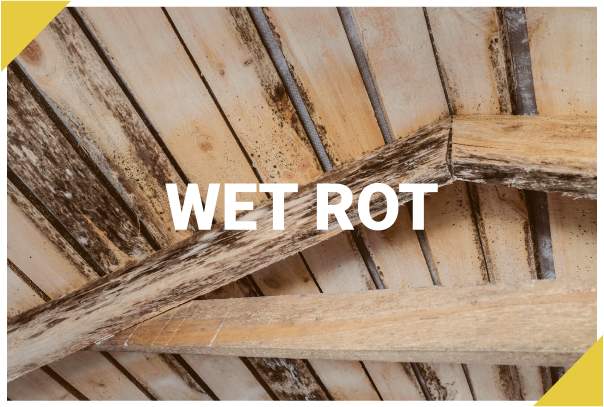
Wet Rot Repair
Wet rot occurs when untreated timber becomes wet through constant contact with water, and starts to decay. The underlying cause may be simple, for example, a broken seal continuously leaking water behind a bath onto exposed floorboards each time somebody takes a shower.
The solution to wet rot is firstly to isolate and remove the source of moisture. Then, any timber that is beyond repair must be replaced. Finally the area must dry out thoroughly, while a fungicide is applied to the surviving timber to stop any remaining rot in its tracks. T.D.B. Preservation are experienced in all stages of wet rot repair.
Dry Rot Treatment
Dry rot is a wood destroying fungus that affects timbers at a lower moisture content than wet rot. Whereas wet rot is contained to wet timber, a dry rot infestation begins in damp conditions then spreads to surrounding materials, potentially causing serious problems.
The treatment for dry rot is typically more involved, requiring replacement of timbers beyond the visibly affected area to ensure the fungus is stopped. However, solving any rot issue begins with removing the source of moisture and ventilating the area. From there we have a number of treatment options.
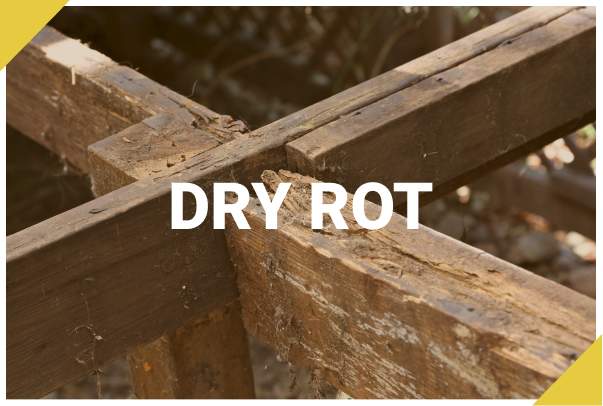
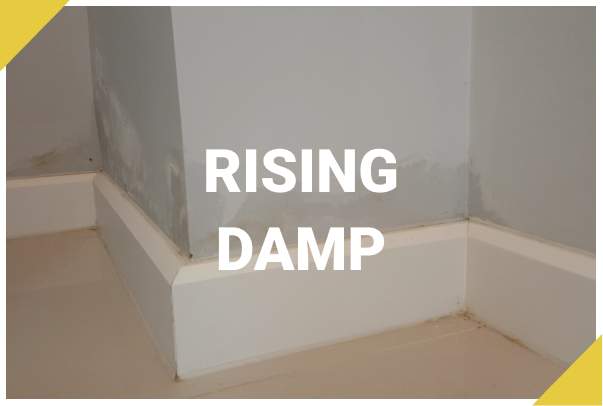
Damp Experts
Rising damp is a form of damp where moisture is drawn out of the ground and up into the walls of a property (similar to how water rises up through clothing that gets wet). One of the tell tale signs is a stain or tide mark on the lower half of the wall, accompanied by deteriorating ‘salty’ plaster, cracking paint, peeling wallpaper and/or rotting skirtings.
Rising damp can affect any property, but older properties built prior to the 1920’s can be especially vulnerable. Rising damp can be effectively treated by injecting a damp proof material into the affected walls, creating a damp proof layer.
Woodworm Treatment
Woodworm is a timber infestation caused by the larvae of various species of beetle. It occurs more often in wood that has been softened by exposure to damp and humid conditions. Over time, the burrowing of the woodworm can cause the affected timber to weaken and break.
The most obvious signs of woodworm are ‘exit’ holes 1 or 2mm wide in any wood or timber, and a thin layer of dust (known as ‘frass’) found on or around wooden furniture. Once identified, woodworm is typically treated with an insecticide, and then the affected timbers are repaired or replaced as needed.
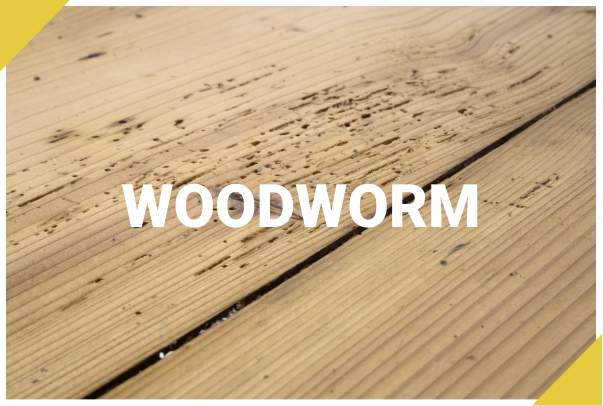
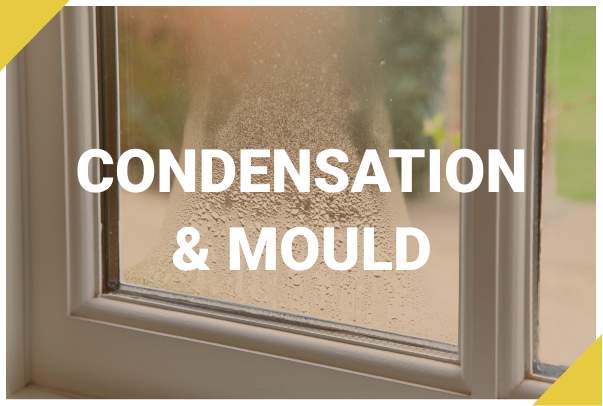
Mould and Condensation Solutions
Condensation and mould most often arise due to conditions inside a property rather than an external cause. Condensation is the result of high humidity and moist air making contact with cold surfaces, such as windows and walls, where it turns into water droplets.
Condensation and mould are often related, and these issues are most prevalent between October and April. We understand that mould can be a particular concern for tenants, landlords and letting agents, and T.D.B. can offer a range of advice and solutions.
Contact Us
Whether you are a home owner, home buyer, landlord, business owner or manager, if you think you may have a damp, rot or infestation issue with a property, don’t delay – get in touch with T.D.B. Preservation today.
We understand the thought of facing these issues may be stressful – especially when it comes to your own property – but damp, rot and infestation issues can all be rectified, and the earlier we intervene the better.
Get in touch with us today if you have any questions or would like to arrange a damp audit survey:

T.D.B. Preservation are approved preservation contractors operating in Glasgow and the Central Belt, specialising in the treatment of damp, wet rot, dry rot and timber infestation.
Website by The Works Web Design Glasgow
WWD-uptime